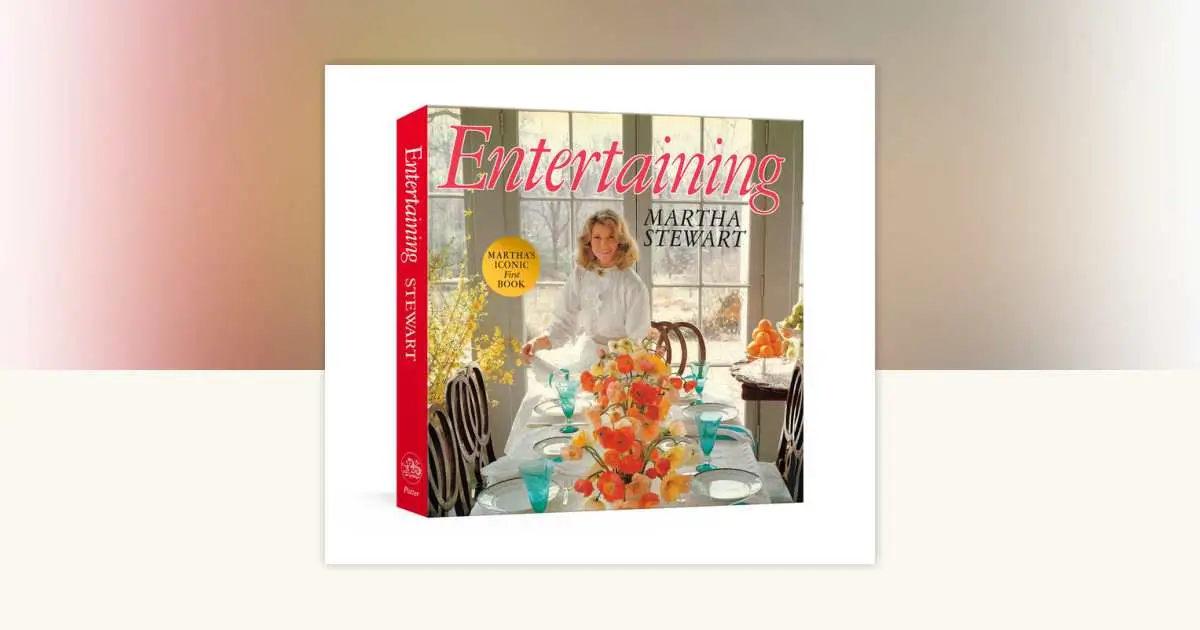Gwen Stefani has long been celebrated for her ability to merge her personal experiences with universal themes, creating songs that resonate deeply with fans. Her recently released track, Somebody Else’s Backyard Garden, marks another chapter in her ever-evolving musical journey. The song explores themes of nostalgia, longing, and self-discovery, all wrapped in Stefani’s signature blend of pop and introspection. Set against the metaphor of a borrowed garden, the track captures Stefani’s reflections on life, love, and the unrelenting passage of time.
Gwen Stefani: A Legacy of Evolution
Before diving into the intricate layers of Somebody Else’s Backyard Garden, it’s essential to understand Gwen Stefani’s legacy. From her early days as the frontwoman of No Doubt, where she championed the ska-punk revival, to her iconic solo career that redefined 2000s pop, Stefani has always been an artist in flux. Her ability to reinvent herself while staying true to her core identity has earned her a reputation as one of the most dynamic and authentic artists of her generation.
With her latest music, Stefani takes a more introspective approach, weaving themes of maturity and reflection into her lyrics. Somebody Else’s Backyard Garden exemplifies this, standing as both a nostalgic look back and a hopeful gaze forward.
Unpacking the Song’s Metaphor
At its heart, Somebody Else’s Backyard Garden uses the image of a borrowed or admired garden to explore envy, loss, and the desire for personal growth. The metaphor is deceptively simple yet profoundly impactful. A garden, often a symbol of nurture and care, becomes a representation of things that belong to someone else—dreams, happiness, or even past versions of oneself.
Stefani’s lyrics paint vivid imagery of a lush, thriving garden that she can only admire from afar. Lines like “The blooms aren’t mine, but I keep reaching through the fence” and “Their roses grow where I left my empty pots” encapsulate a longing for something unattainable, whether it’s a memory, a relationship, or a life that once felt vibrant.
Nostalgia and Regret
Much like Stefani’s earlier ballads such as Cool and Used to Love You, Somebody Else’s Backyard Garden reflects on the past with a mix of fondness and sadness. The garden represents the beauty of moments gone by, a reminder of what was cherished and lost.
Self-Discovery and Growth
While the initial verses dwell on longing and envy, the chorus shifts toward self-realization. Stefani acknowledges that while she admires “somebody else’s garden,” she has the potential to cultivate her own. The song’s arc mirrors the process of personal growth, moving from comparison to empowerment.
Reflection on Relationships
Given Stefani’s history of deeply personal songwriting, it’s hard not to interpret Somebody Else’s Backyard Garden as a reflection on her relationships, particularly her well-publicized divorce from Gavin Rossdale and her subsequent marriage to Blake Shelton. The garden could symbolize the life she once envisioned versus the life she’s now building.
Musical Composition: A Sonic Journey
Somebody Else’s Backyard Garden is a sonic departure from Stefani’s upbeat ska and electro-pop roots. The track leans into a lush, acoustic-driven soundscape, underscored by strings and a haunting piano melody. Its production, helmed by long-time collaborator Tony Kanal, creates an ethereal atmosphere that perfectly complements the song’s introspective lyrics.
The instrumentation mirrors the metaphor of the garden: delicate, layered, and organic. Subtle guitar plucks evoke the imagery of tendrils and vines, while the crescendo of violins in the bridge mirrors the song’s emotional climax. Stefani’s vocal delivery is raw and vulnerable, a stark contrast to the energetic confidence of her earlier hits.
Lyrical Breakdown
“It’s greener here, they say / In the soil where I gave up my roots / The sunlight falls softer / On the roses that were never mine.”
The opening verse immediately sets the tone for the song, introducing the central metaphor of the garden. Stefani’s choice of imagery—roots, soil, and sunlight—speaks to themes of abandonment and longing.
Chorus
“Somebody else’s backyard garden / Blooming where my hands can’t reach / But I’m learning how to plant again / In the dirt beneath my feet.”
The chorus is both a lament and a revelation. While Stefani expresses envy and admiration for “somebody else’s garden,” she also acknowledges her own agency, hinting at personal growth.
Bridge
“The weeds will come, and I’ll pull them out / My hands will ache, but I’ll figure it out / No more fences, no more borrowed rain / I’ll find the sun again.”
The bridge represents the turning point of the song. Stefani’s lyrics shift from passive admiration to active determination, emphasizing resilience and self-reliance.
Impression
The Role of Nostalgia in Gwen’s Music
Stefani has often drawn on nostalgia in her songwriting, crafting tracks that feel both deeply personal and universally relatable. Somebody Else’s Backyard Garden continues this tradition, using the metaphor of a borrowed garden to tap into universal feelings of regret, envy, and eventual empowerment.
A Reflection of Gwen’s Personal Life
It’s impossible to separate Stefani’s art from her life. From her early songs about heartbreak and defiance to more recent tracks about love and family, her music has always mirrored her personal experiences. This song feels like a reflection on the duality of her journey—mourning what’s lost while embracing what’s ahead.
Upon its release, Somebody Else’s Backyard Garden was met with widespread acclaim. Critics praised Stefani’s vulnerability and the song’s poetic lyricism, hailing it as one of her most introspective works to date. Fans were quick to highlight its relatability, with many taking to social media to share how the song resonated with their own experiences of growth and self-discovery.
The track’s success also demonstrates Stefani’s enduring ability to evolve as an artist. While many artists struggle to remain relevant after decades in the industry, Stefani continues to reinvent herself, proving that her artistry is as vibrant as ever.
Visuals and Aesthetic
The music video for Somebody Else’s Backyard Garden amplifies the song’s themes through stunning visual storytelling. Directed by Sophie Muller, who has collaborated with Stefani on iconic videos like Don’t Speak and Cool, the video features Stefani wandering through a sprawling, overgrown garden.
Dressed in ethereal gowns that echo the colors of the Blue Jay, Stefani moves between areas of wild chaos and perfectly manicured blooms, symbolizing the tension between envy and self-realization. The video’s cinematography emphasizes natural light, creating a dreamlike quality that complements the song’s reflective tone.
Why Somebody Else’s Backyard Garden Matters
In an era where music often prioritizes instant gratification over depth, Somebody Else’s Backyard Garden stands out as a thoughtful, layered piece of art. Its metaphor-rich lyrics and lush production invite listeners to reflect on their own lives, making it a deeply personal yet universally resonant song.
The track also highlights Stefani’s growth as an artist. While she has always been skilled at crafting catchy hooks and pop anthems, this song showcases her ability to delve into more complex emotional territory, proving that she’s not afraid to evolve alongside her audience.
A Blooming Masterpiece
Gwen Stefani’s Somebody Else’s Backyard Garden is a testament to her enduring artistry. By blending poetic lyrics with a deeply personal narrative, she has created a song that is as beautiful as it is thought-provoking. The metaphor of the garden serves as a powerful reminder that while we may admire the beauty of others, we all have the ability to nurture something extraordinary within ourselves.
In a career filled with iconic moments, Somebody Else’s Backyard Garden stands as one of Stefani’s most introspective and impactful works. It’s a song that invites listeners to embrace their own journey, weeds and all, and to find beauty in the process of growth. Just like a garden, it’s a masterpiece in progress—always evolving, always blooming.
No comments yet.








